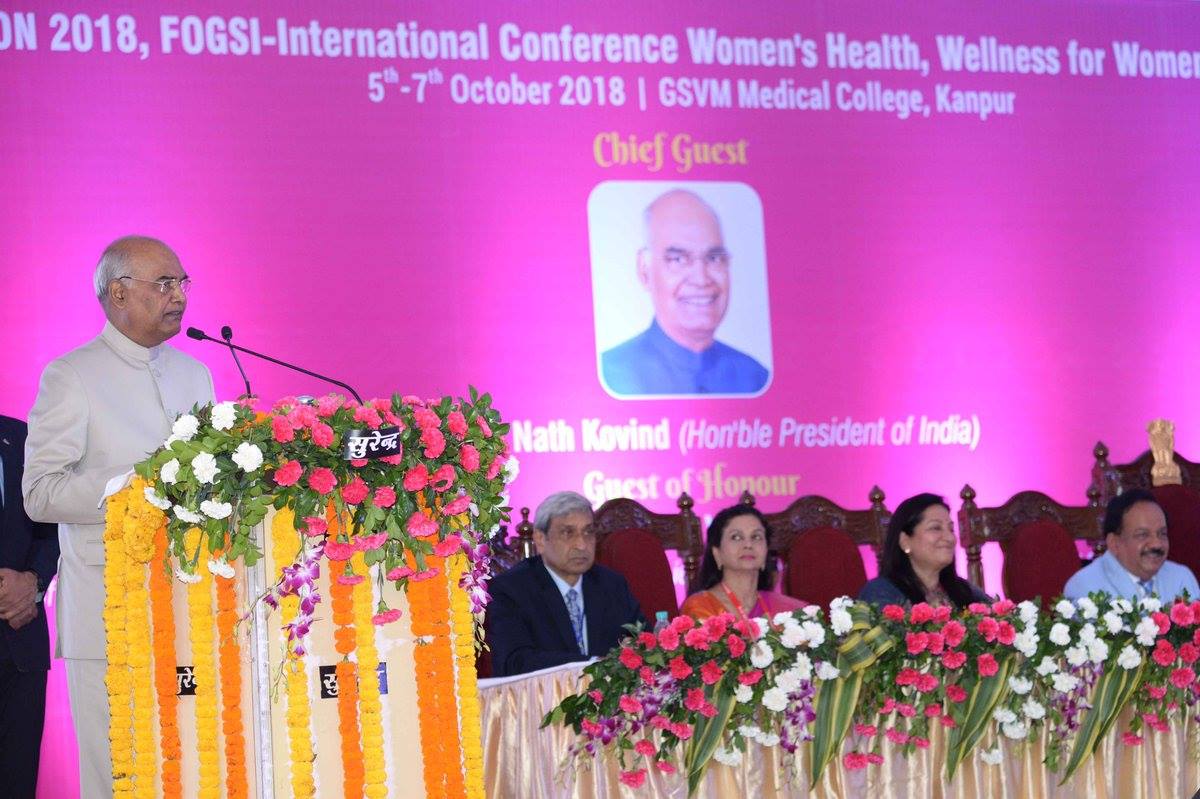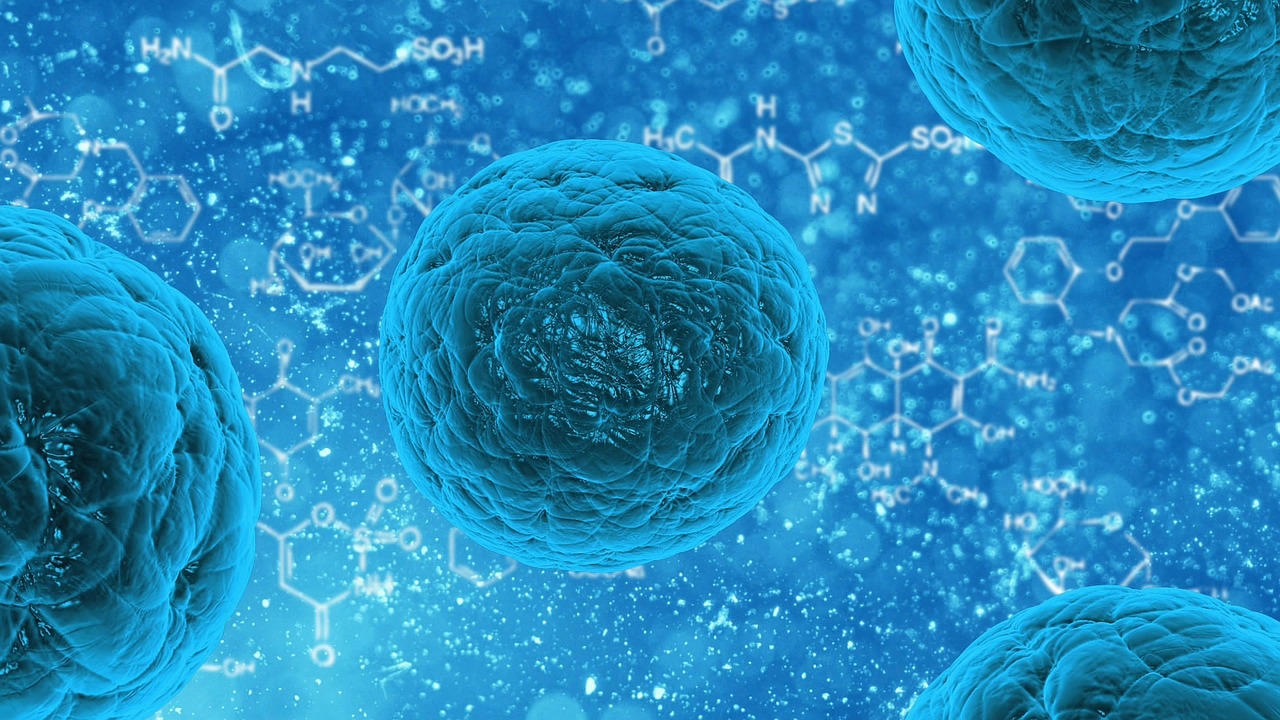
Research Stash Weekly Review #8
- Weekly Review
- 2.2K
3D printing doubles the strength of stainless steel
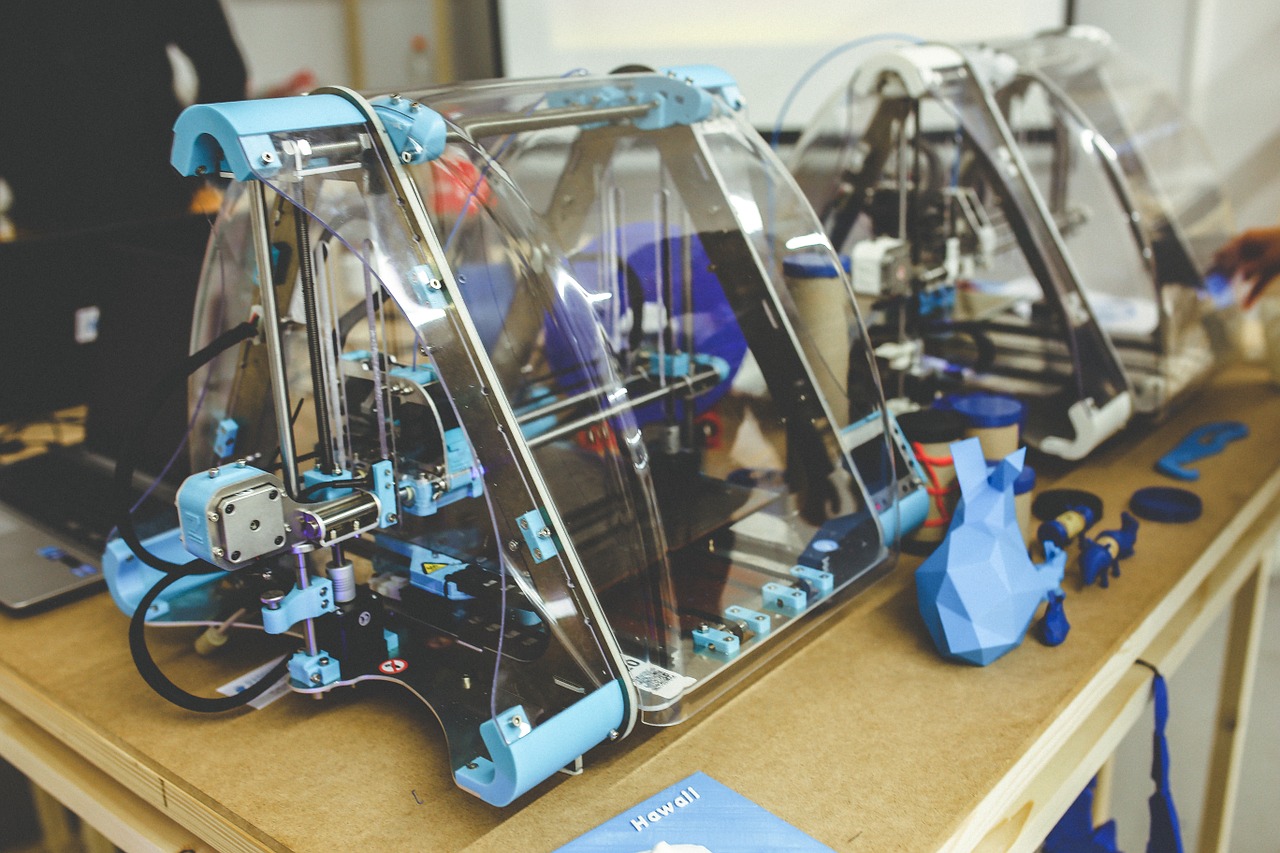
3D printing has taken the world by storm, but it currently works best with plastic and porous steel—materials too weak for hard-core applications. Now, researchers have come up with a way to 3D print tough and flexible stainless steel, an advance that could lead to faster and cheaper ways to make everything from rocket engines to parts for nuclear reactors and oil rigs. Read More
Subset Of Stem Cells Identified As Source For All Cells In Blood And Immune Systems

Researchers at Fred Hutchinson Cancer Research Center have identified a specific subset of adult blood stem cells that is exclusively responsible for repopulating the entire blood and immune system after a transplant. Read More
Neuroscientist David Eagleman and composer Anthony Brandt explain how creativity works
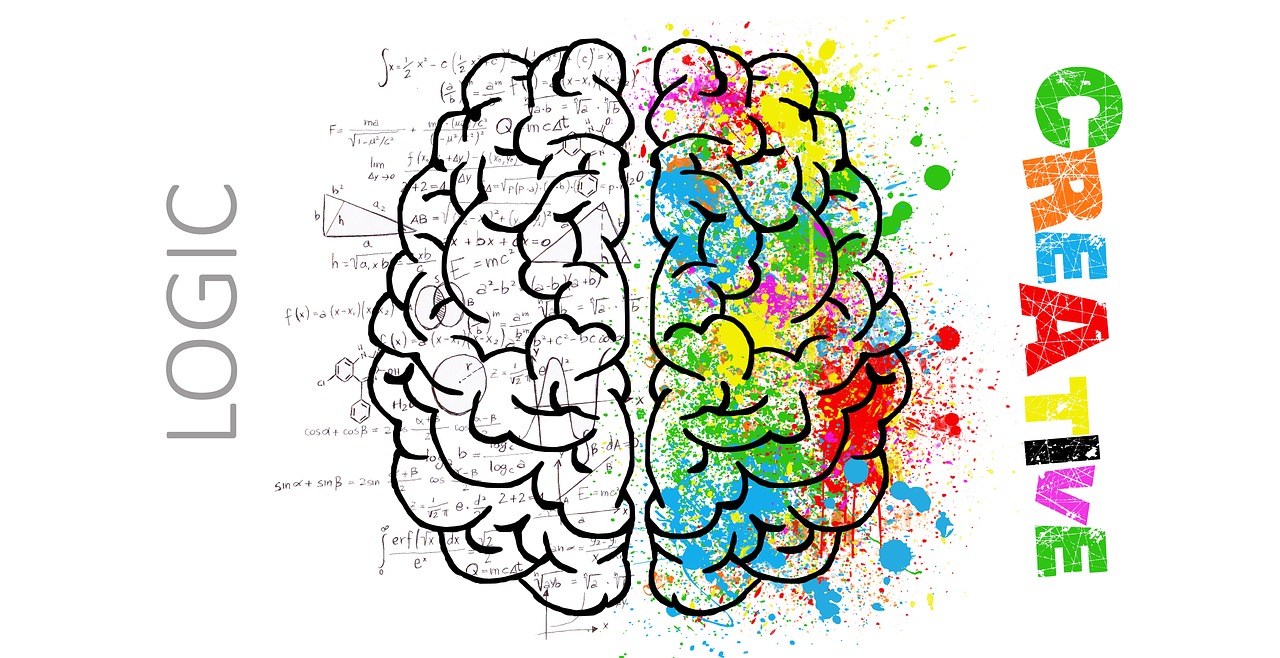
What makes humans special? Some credit should go to the opposable thumb and the larynx, says neuroscientist David Eagleman, but a lot of it has to do with our ability to be creative and constantly think up new ideas. Read More
Penn study shows link between fertility and overall mortality
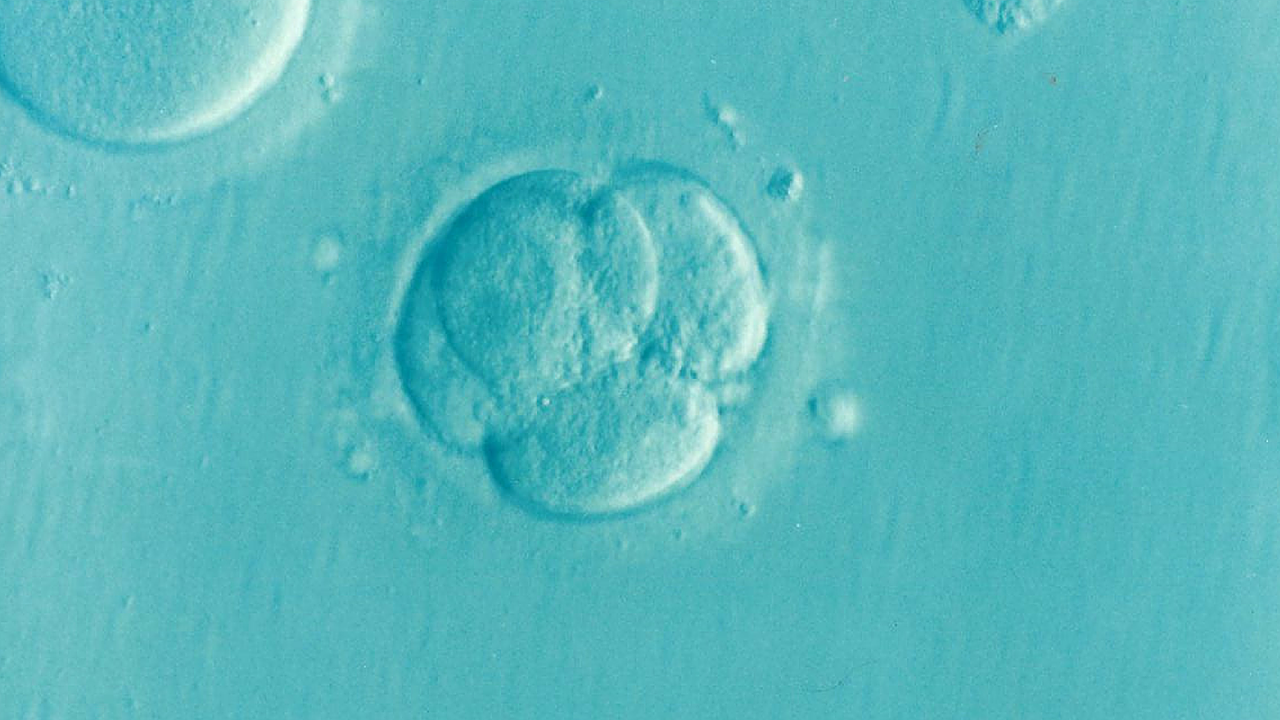
New research from the University of Pennsylvania’s School of Medicine has found that women who have experienced infertility are at an increased risk of death. Read More
Study identifies bottlenecks in early seagrass growth
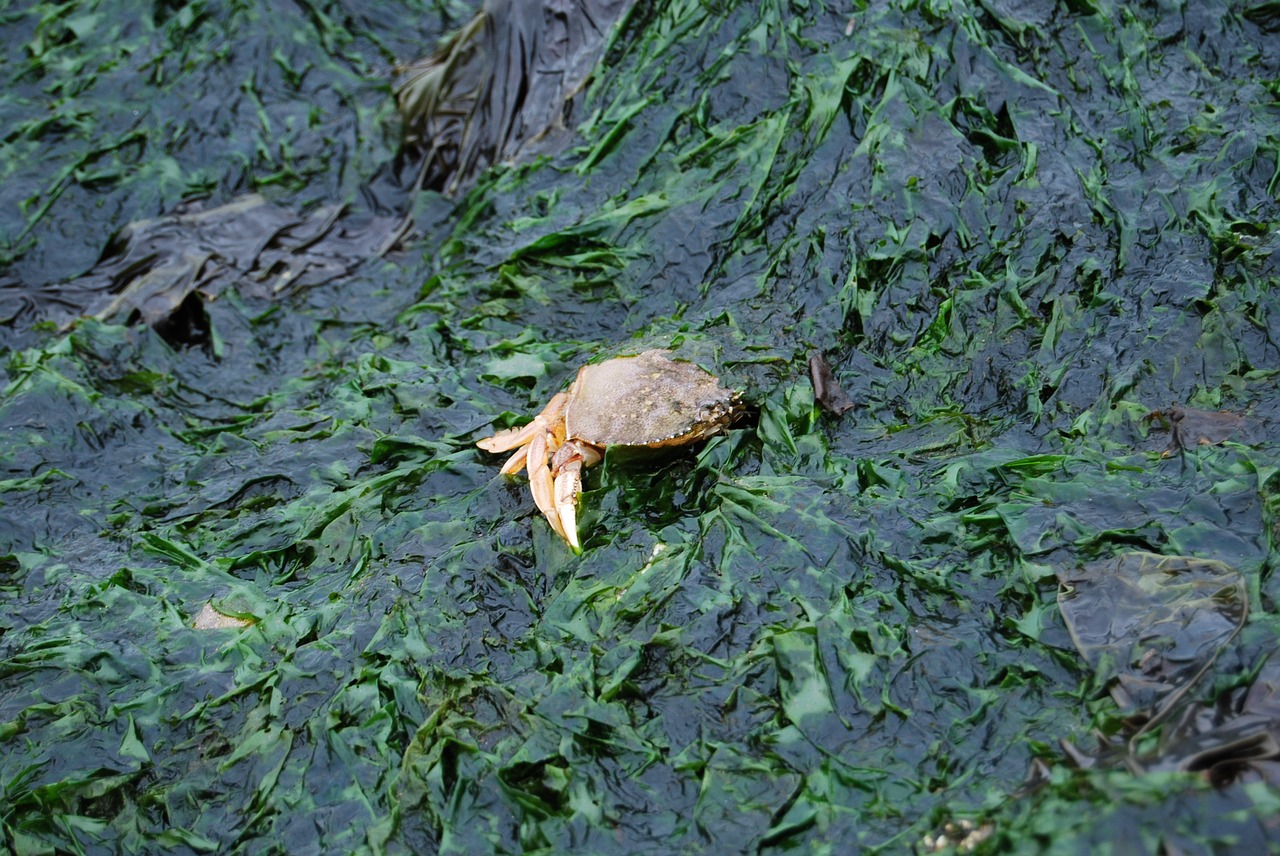
Findings may help improve seed-based restoration Seagrass meadows, key nursery and feeding grounds for many kinds of marine life, are being lost worldwide to nutrient pollution, warming waters, and other ills. Read More
Inside Giza’s Great Pyramid, Scientists Discover a Void
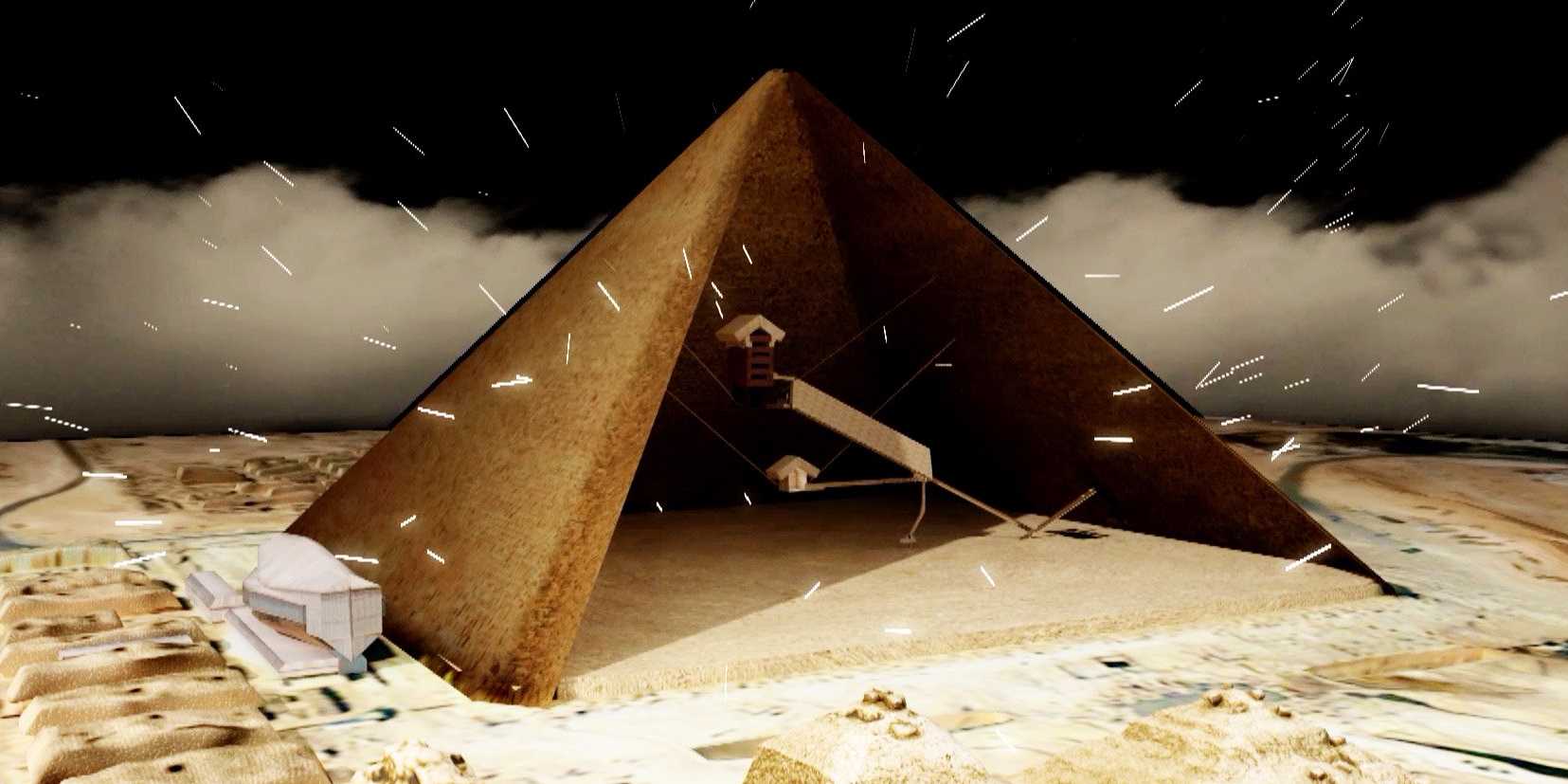
Image ScanPyramids mission
The Great Pyramid of Giza has towered over Egypt for more than 4,500 years. Built during the reign of Pharaoh Khufu, the monument was a testament to the ruler’s architectural prowess and is thought to have been a home for his mummified remains. Read More
Getting on cancer’s nerves: A surprising way to thwart tumors

DAVID MARTINEZ lives with excruciating pain. He has pancreatitis, a condition in which the pancreas becomes severely inflamed. Over the past five months, he has received three injections of a local anesthetic into nerves in his abdomen to help ease the agony. Read More
The Closest Star to Our Own Solar System Just Got a Lot More Interesting

Astronomers have announced they’ve discovered a ring of cold cosmic dust surrounding the closest star to our Solar System – the faint red dwarf Proxima Centauri. Read More
Is tinkering with time bad for your health?

Feeling your time zone doesn’t fit quite right? Turns out you’re not alone. Whether it’s farmers in India, office workers in Spain or stock brokers in California, people are tinkering with time. Read More
Follow us to know more latest updates
https://www.facebook.com/ResearchStash/
https://www.linkedin.com/company/ResearchStash
https://plus.google.com/b/107946969366529047069/+Researchstash

